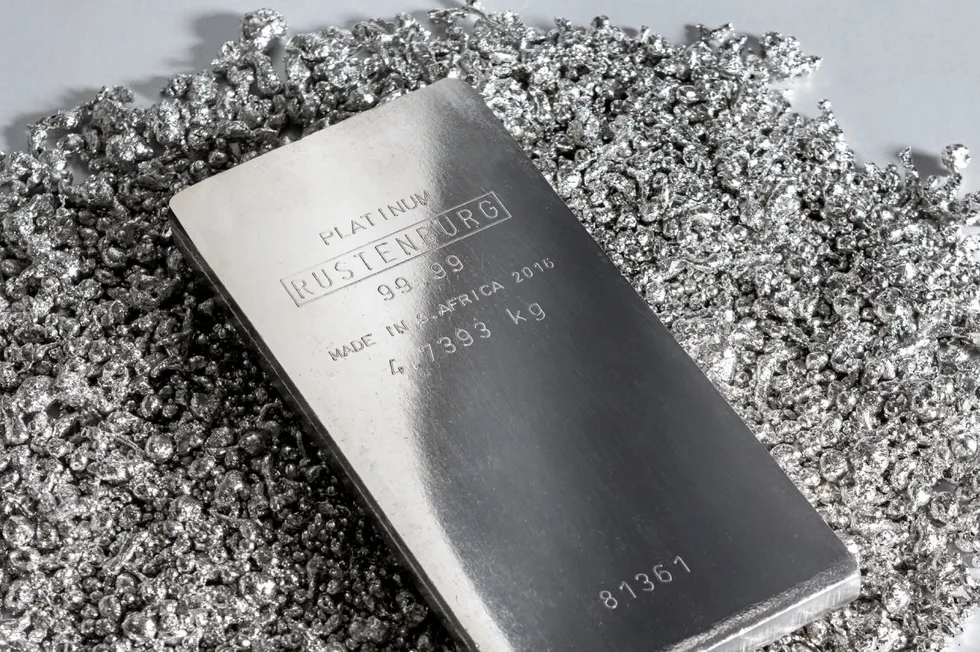ANALYSIS | Will rising platinum and iridium prices restrict the growth of PEM hydrogen electrolysers and fuel cells?
Platinum prices have spiked in recent months due to problems in South Africa, but the long-term supply of iridium is a much bigger concern, writes Polly Martin
